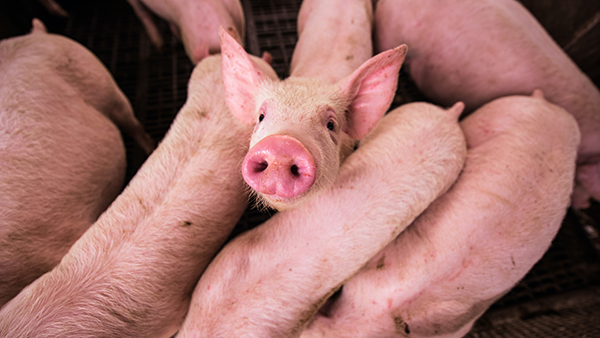A new study from Michigan State University suggests that growing switchgrass on marginal lands can provide a biofuel crop that helps alleviate climate change without requiring heavy use of nitrogen fertilizer that may harm the environment. It can also bring economic rewards, offering a new kind of cash crop that farmers can grow in otherwise unproductive places.
Alternative fuels are urgently needed, given the threat of disastrous climate consequences if fossil fuels continue to be the dominant energy source in the future. Furthermore, the United States is grappling with the ethical and economic ramifications of dependence on foreign oil.
One solution is lignocellulosic biofuels, which are generated from plant biomass. These are one of the few contemporary sustainable energy sources that can produce liquid fuel for use in automobiles. But there are challenges in switching to biofuels.
“Growing enough to utilize biofuel crops for the transportation sector on a big scale would necessitate enormous land use changes,” says the study’s leader, MSU professor Bruno Basso of the department of Earth and Environmental Sciences and Plant, Soil and Microbial Sciences.
Can we grow biofuel crops on marginal lands?
One solution could be to use marginal, underutilized land, typically land that has not been used for growing because the soil is of poor quality. With increased input prices, there is sometimes little to no benefit to planting in these places. If growers do opt to plant on marginal lands, there are concerns that these spaces are frequently nitrogen-deficient and may necessitate extensive use of nitrogen fertilizer, which can be bad for the groundwater and also lead to greenhouse gas emissions that worsen climate change.
The MSU study sought to determine if growing switchgrass for biofuels on marginal lands might make economic and environmental sense, which would be a win for everyone involved.
Potential value for biofuel crop production
Basso and his colleagues employed a multi-model ensemble of crop simulation systems that took soil, weather, and management data into account for this experiment. Three prior research models were incorporated, as well as Basso’s System Approach to Land Use Sustainability (SALUS) program, which replicates daily crop output over several years using various management practices.
Basso’s team observed that modest levels of nitrogen fertilizer generated long-term production increases that exceeded greenhouse gas emissions. Researchers therefore predict the advantage will be considerably larger on lands that are constrained by nitrogen deficiencies, as is the case in some sections of Michigan.
The study demonstrates that certain nitrogen-deficient marginal areas offer potential value for biofuel crop production, which is of interest to farmers seeking to boost profitability and also promises an environmental benefit by lowering the operation’s carbon footprint.




